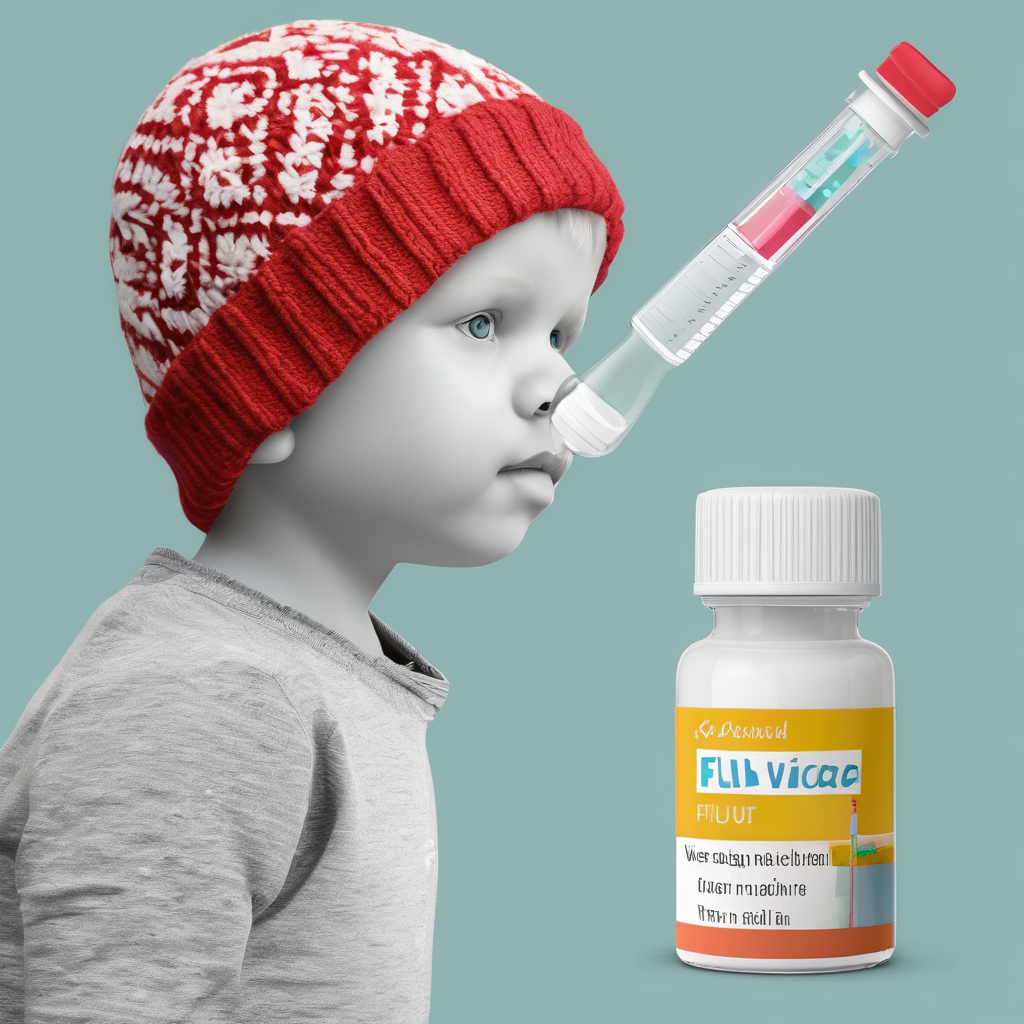During the 2024–25 influenza season, the CDC received reports of 109 pediatric cases featuring influenza-associated encephalopathy (IAE), with about one-third of the cases identified as acute necrotizing encephalopathy (ANE). This marks the largest documented series of IAE cases in children within the United States. Children affected by IAE generally presented with fever and altered mental states when evaluated at hospitals, with neurological symptoms rapidly following the onset of influenza. A significant number experienced severe illness, with 74% requiring intensive care and 54% needing invasive mechanical ventilation. Remarkably, nearly half of these children were previously healthy with no prior medical conditions.
Patients who had ANE experienced more severe manifestations compared to those with other forms of IAE. The mortality rate reached 41%, with many progressing quickly to death. Among survivors, hospital stays were notably prolonged, and few returned to normal neurological health upon discharge. ANE patients presented with seizures nearly twice as often as those with other types of IAE. Vaccination coverage was low among these cases, with only 13% receiving the influenza vaccine during the 2024–25 season.
A related U.S. clinical case series from the previous two influenza seasons highlighted similar findings, reporting low vaccination rates and a high percentage of previously healthy children affected. The overlap between these cases and the current investigation was not fully quantifiable due to differing methodologies.
Since 2010, annual flu vaccinations have been recommended for everyone aged 6 months or older to mitigate the impact of influenza and its severe complications, including neurologic outcomes like IAE and ANE. Despite the known benefits, vaccination rates among children have traced a downward trend, with only 16% of eligible IAE patients receiving the 2024–25 vaccine.
Treatment with oseltamivir, an antiviral medication, was not widespread among IAE patients. While its effect on IAE remains uncertain, previous studies suggest that oseltamivir can lower the risk of serious complications in other contexts.
Several limitations affect the conclusions drawn from the report, such as the focus on a convenience sample that might not represent the entire U.S. pediatric population. The ambiguous criteria for diagnosing IAE might also underplay its true incidence since it lacks standardized diagnostic guidelines.
This report underscores the necessity for public health initiatives to improve influenza vaccination rates among children to prevent severe complications. Health practitioners should remain vigilant for IAE signs in children presenting respiratory symptoms alongside fever, advocating for timely supportive care. Current gaps in standardized diagnostic criteria and surveillance systems need addressing to enhance comprehension of IAE’s public health impact and to identify effective measures for prevention and treatment.
Next season, the CDC plans to fortify surveillance efforts for IAE and ANE, aiming to gather more comprehensive data to inform future public health strategies. By these efforts, the CDC seeks to mitigate the severe and potentially preventable complications associated with influenza in pediatric populations.
